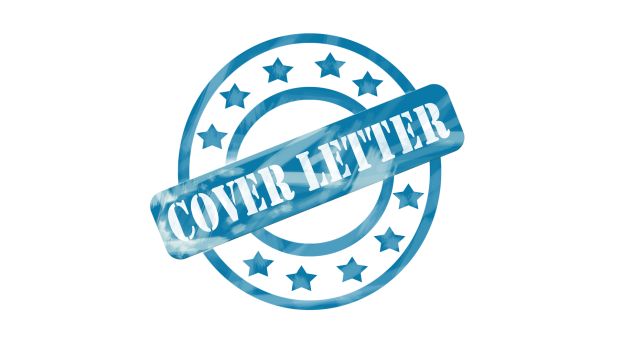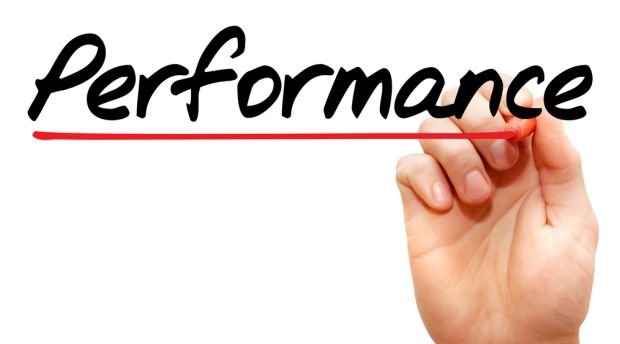What Not to Put on Your Resume
Post Views 17Summary: Learn what not to put on your resume and how to get a job in today’s sometimes difficult market.
After reviewing thousands of resumes and interviewing hundreds of people, you might think that nothing would surprise me. Still, every day seems to bring a new twist. In previous columns, I have addressed the “how to’s” of resume and cover letter writing and interviewing. This column is dedicated to the “what not to do’s”.
First, it amazes me how negative some people can be when trying to find a job. Remember what your grandmother told you, “You can catch more flies with honey than vinegar”. Of course, most people are going to be less than happy when they’re unemployed, but coming across with a fatalistic negative attitude can be a vicious cycle. You may find yourself becoming more negative because you can’t find a job and you can’t find a job because you’ve become such a negative person.
A perfect example of this was shown in a cover letter sent to my office. It started with the desperate sounding line; “Can you help me?” In the next paragraph, this gentleman stated that he had tried unsuccessfully for over a year to find “practically any job that [he] was qualified for”. He went on to say, “You are my last hope, before I start applying at fast food restaurants!”
Well, he certainly had my attention now – but not in a good way. The next paragraph said, in bold capitalized letters, that he hadn’t found any of the companies which the newspapers declared were begging for workers in Dane County. He closed the letter like this; “I have my doubts, but I would appreciate any help that you could give me.”
I could certainly see why employers weren’t beating a path to this applicant’s door. If he couldn’t squelch his negativity during a cover letter, can you imagine sitting next to him in the stress of a normal working environment? Amazingly, this person had good, marketable experience on his resume. I could see why he was frustrated with his job search. There were want ads in the paper each week for people with his type of work skills. Obviously he hadn’t figured out that the problem wasn’t his professional experience.
Another area with potential for negativity is the discussion of your past employment. How you approach this discussion can often mean the difference between getting a job and being passed by. All of us have had work situations that were less than perfect, but we must try to describe it in the best possible light during the interview. It is best to phrase negative situations in the context of what you learned from the experience and how you tried to change things for the better. Remember, when you are ranting about how you hated your previous employer, you are talking to the person you hope will be your next employer.
One particularly extreme example of this negativity was a shown by gentleman who came to me right after leaving his previous job. When I asked him about the circumstances of his leaving, he went on a tirade about what was wrong with the company. He went on to say, “Well they kept asking me to do things that I didn’t want to do. I took it for a while, but I finally told my supervisor off and just left.” Needless to say, he had told me everything that I needed to know!
Avoid: too much jargon. As technology advances, resumes are reflecting the fact that positions are becoming more and more technical and specialized. This can create a problem when it comes to creating a resume. Although it is necessary to include technical details in your resume, avoid making the mistake of assuming that everyone understands your industry’s technical abbreviations or jargon.
Often times, I will receive a resume that is well constructed and well written, but which includes so many abbreviations and so much jargon that I am not exactly sure what this person did in his or her last position. Remember this; it’s important to show a potential employer your technical skills, but often times the person who pre-screens resumes is less experienced than your future manager. Aim to write your resume such that a person with moderate knowledge of your field will be able to understand it.
Avoid: the “mystery corporation”. Many people will spend hours formulating the experience portion of their resume and neglect to include a brief description of the organization itself. Information regarding the product or service offered by your previous employer is very important in helping a potential employer to understand your capabilities. This applies to a variety of types of positions including management, assembly, design, accounting, etc.
Avoid: typos. This may seem like an obvious item to include on the list, but it remains the most common error on resumes. Contrary to what you might think, typos are not reserved for more entry level people with little or no professional experience. They are just as common on resumes of those people with 20 years’ experience as those who are just beginning their career.
The key to creating a “typo-free” resume is not to rely solely on yourself. The first step is to use the spell check offered by any word processing package. The spell check will catch your obvious spelling errors automatically. However, it will not highlight omissions or contextual errors. Therefore, the next step is to ask one or two friends to proofread your resume. If possible, ask someone who understands your previous work experience to check for missing words or errors. Don’t forget to include your cover letter when asking for proofreading help.
Overall, the concept of having a few people read your resume is a good idea in relation to many of the problem areas listed above. Your proofreader’s questions may help you to better explain your experience and skills, giving you the best possible chance with a potential employer.
What Not to Put on Your Resume by Granted Contributor



 6 Words to Remove from Your Resume
6 Words to Remove from Your Resume  Why You Need a Resume
Why You Need a Resume  Three Types of Cover Letters to Write
Three Types of Cover Letters to Write  Make Your Cover Letters Relevant and Brief
Make Your Cover Letters Relevant and Brief  How to Adjust Your Resume to Show You Are the Perfect Fit
How to Adjust Your Resume to Show You Are the Perfect Fit  Make Your Cover Letter Stand Out to Recruiters
Make Your Cover Letter Stand Out to Recruiters  Tips to Make Your Resume Look and Sound Good
Tips to Make Your Resume Look and Sound Good  How to Create a Performance-based Resume
How to Create a Performance-based Resume